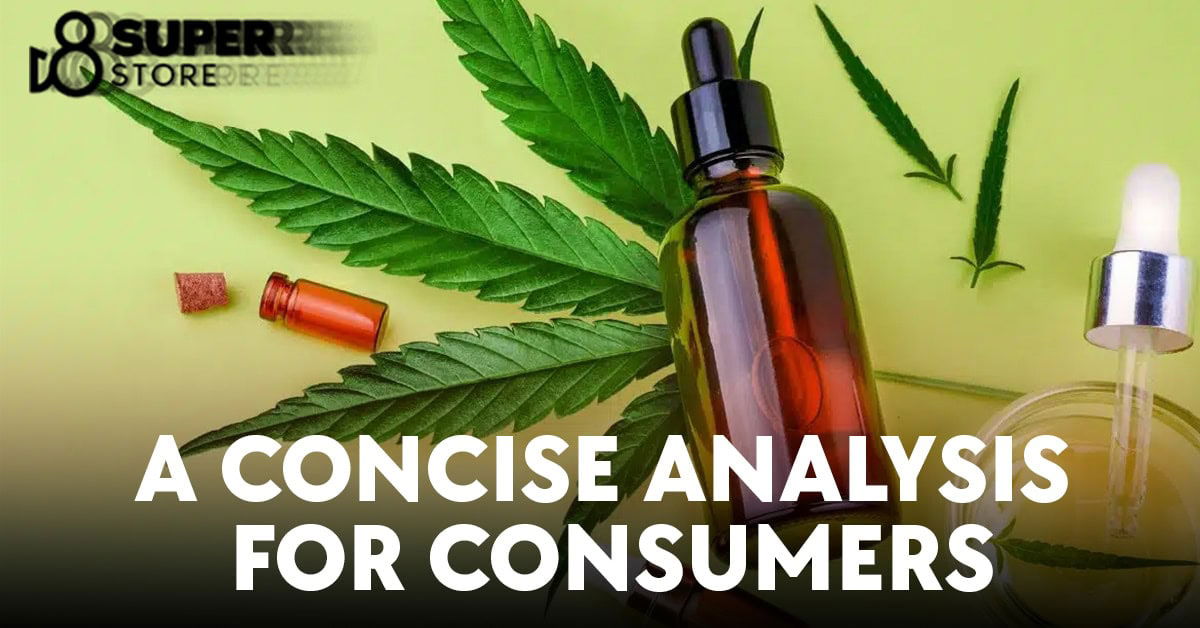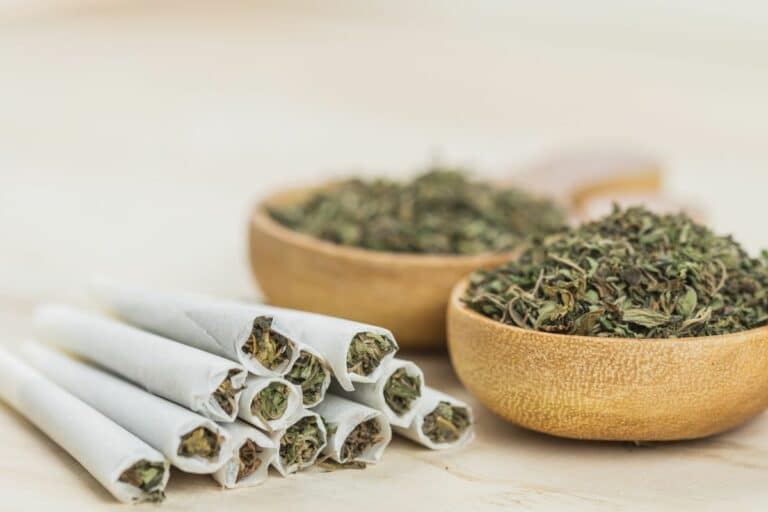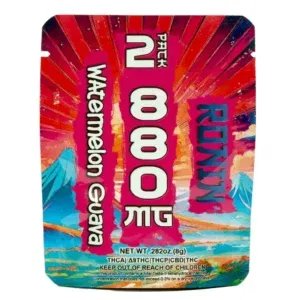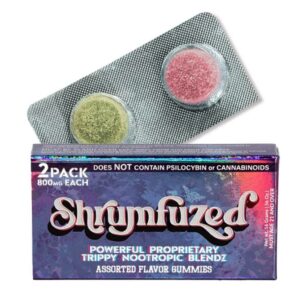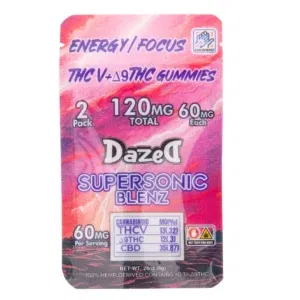How Much THC in a Hit: A Concise Analysis for Consumers
As buzz around marijuana skyrockets, folks everywhere are eager to find out exactly how much THC (**tetrahydrocannabinol**, for the science enthusiasts) they get with every puff. THC stands front and center in the world of weed, guiding you on an adventurous ride. Yet, figuring out the THC quantity in each puff proves challenging, given variables such as how you choose to enjoy it, its strength, and how much your body can handle.
- Key Takeaways
- THC Content and Potency
- Individual Factors
- Inhalation Methods
- Edible and Drinkable Products
- Topicals and Tinctures
- Cannabis Flower and Joints
- Vaporizers and Bongs
- Dosage for Edibles and Drinks
- Physical Effects
- Mental Effects
- Risks of High THC Intake
- Benefits of Controlled Consumption
- Frequently Asked Questions
It is essential to have a clear understanding of how THC affects the body to make informed decisions about cannabis use. By estimating the THC per hit and knowing the potential risks and benefits, users can better gauge their ideal dosage to achieve the desired effects while minimizing potential adverse outcomes. This article will explore how to estimate the amount of THC in a hit and discuss factors that can impact the experience.
Key Takeaways
- The amount of THC in a single hit can vary due to consumption methods and potency of the cannabis product.
- Understanding how THC affects the body can help users make informed decisions about their ideal dosage.
- Estimating THC per hit and being aware of potential risks and benefits can minimize adverse outcomes.
Factors Affecting THC in a Hit

THC Content and Potency
When considering how much THC is in a hit, it’s important to understand that the THC content and potency of the cannabis strain used plays a significant role. THC (tetrahydrocannabinol) is the primary psychoactive compound found in cannabis, and its concentration varies across strains. Some strains have a high concentration of THC, which can result in a more potent hit, while others may have lower THC levels, resulting in a milder effect.
A few common factors can influence the THC content and potency of a hit. These include:
- Cultivation practices: The conditions under which cannabis plants are cultivated, such as light exposure, nutrients, and growing techniques, can significantly impact the THC content in the resulting flowers.
- Harvesting and curing: The timing of harvest and the curing process can also affect the concentration of THC in cannabis flowers. Properly curing cannabis can help preserve and potentially increase THC levels.
- Extraction and processing: If the cannabis is extracted or processed into a concentrated form, such as oils, tinctures, or edibles, the final THC content can vary depending on the efficiency of the extraction method and the desired potency of the end product.
Individual Factors
Besides the THC content and potency of the cannabis itself, several individual factors can influence how much THC one might experience in a hit. These factors can cause people to have different reactions and experiences when using cannabis. Some of the key individual factors affecting THC in a hit are:
- Tolerance: Regular cannabis users often develop a tolerance to THC, meaning they will need larger amounts to achieve the same effects as a less experienced user. Tolerance levels can increase with frequency and duration of use, but can also decrease after periods of abstinence.
- Metabolism and body composition: People’s metabolism rates and body compositions can affect how THC is absorbed, broken down, and eliminated from the body. Factors such as body fat percentage, metabolic rate, and liver function can play a role in determining how much THC is experienced during a hit.
- Method of consumption: The way cannabis is consumed (e.g., smoking, vaping, edibles, or topicals) can influence how much THC enters the bloodstream. Different methods have varying levels of efficiency in delivering THC to the body, which can result in different experiences among users.
- Previous experience: A person’s previous experiences with cannabis can shape their response to THC. For example, someone who has had a negative experience in the past may be more susceptible to experiencing negative effects from THC again.
In summary, the amount of THC in a hit can be influenced by the cannabis strain’s THC content and potency, as well as individual factors such as tolerance, metabolism, and consumption method. Understanding these factors can help users better anticipate the possible effects of a hit and tailor their cannabis experiences to suit their needs and preferences.
Different Consumption Methods
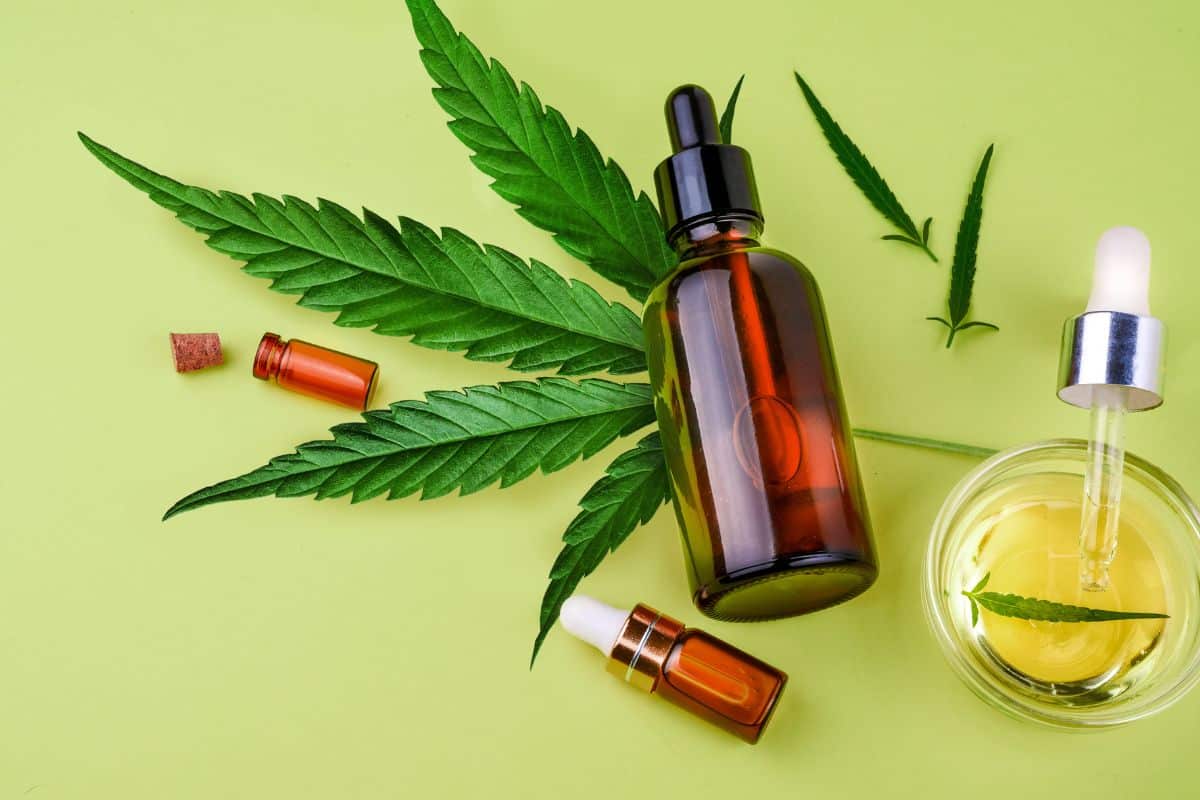
Inhalation Methods
Inhalation is a popular method for consuming cannabis as it provides quick and efficient delivery of THC. Here are some common inhalation methods:
- Smoking: Combusting the cannabis flower and inhaling the smoke, which contains THC and other cannabinoids, is a traditional way of consumption. It can be done by rolling a joint, using a pipe, or smoking through a bong.
- Vaporizing: Vaping involves heating cannabis flowers or concentrates to a temperature high enough to release THC without combustion. This method is gaining popularity due to its reduced health risks. Vape pens and desktop vaporizers are common tools for vaporizing.
- Dabbing: This method involves flash vaporizing concentrated cannabis extracts, like wax or shatter, on a heated surface and inhaling the vapor. Dabbing is known for its potency and rapid effects.
Edible and Drinkable Products
Edibles and drinkables offer a discreet and smoke-free method of consuming THC. They can come in various forms such as candies, baked goods, or beverages. However, it’s important to note that THC in edibles takes longer to take effect (30 minutes to 2 hours) and can last longer compared to inhalation methods.
Topicals and Tinctures
- Topicals: Cannabis-infused creams, balms, or lotions are applied directly to the skin to provide localized relief from pain, inflammation, or skin conditions. Although they aren’t generally known for producing psychoactive effects, topicals can effectively deliver cannabinoids to the desired area.
- Tinctures: Tinctures are liquid cannabis extracts, usually consumed by placing drops under the tongue or mixing them with food or drinks. They are a versatile, discreet, and easy-to-dose option for consuming THC.
Each method of consumption provides different experiences of effects and THC levels. When choosing a method, consumers should consider factors like desired duration of effects, potency, and personal preferences.
Estimating THC Per Hit
| Consumption Method | Typical THC % | THC per Hit (Approx.) | Notes |
|---|---|---|---|
| Pre-Roll / Joint | 10–25% | 2–5 mg THC per puff | Depends on strain potency and size of puff. |
| Pipe / Bong | 15–30% | 3–10 mg THC per hit | Larger bowls deliver stronger hits than joints. |
| Vape Pen (Cartridge) | 60–90% | 2–7 mg THC per puff | Efficiency is higher; smaller puffs can still be strong. |
| Dab Pen / Rig (Concentrates) | 70–95% | 20–50+ mg THC per dab | Extremely potent; even a “grain of rice” sized dab can be overwhelming for beginners. |
| Infused Pre-Roll (with wax/kief) | 30–50%+ | 5–15 mg THC per puff | Much stronger than standard flower; caution advised. |
Cannabis Flower and Joints
When smoking cannabis flower or joints, the THC content can vary significantly depending on the strain and quality of the plant material. On average, most cannabis strains contain between 10% and 25% THC. To estimate the amount of THC in a hit, you can first determine the total THC content in a gram by multiplying the percentage of THC by 10. For example, if a strain has a 20% THC concentration, a gram would contain 200 milligrams of THC.
Splitting a gram of cannabis into an average of 10 joints, each joint would contain around 20 milligrams of THC. Assuming an individual takes about 3 hits per joint, the estimated THC per hit would be approximately 6.67 milligrams.
Vaporizers and Bongs
Vaporizers and bongs are efficient methods for consuming cannabis, but their estimated THC per hit differs from one another. In a study with adult cannabis users, formulas were used to estimate milligrams of THC per day in hits or grams. Vaporizers typically deliver a higher concentration of THC than smoking due to their ability to heat the cannabis at a lower temperature, ensuring minimal combustion and loss of cannabinoids.
Conversely, bongs can be less precise in estimation as the concentration of THC per hit depends on the amount of plant material in the bowl and the efficiency of combustion. However, the water filtration in bongs may reduce certain toxins, providing a smoother and potentially less irritating hit.
Dosage for Edibles and Drinks
Determining the amount of THC in edibles and drinks can be a bit easier than smoking or vaporizing methods. The packaging for these products should indicate the total milligrams of THC present. By dividing this total amount by the number of servings, you can estimate the THC dose per serving size.
For example, if a package of gummies contains a total of 100 milligrams of THC and has 10 gummies, each gummy would have an estimated 10 milligrams of THC. It is essential to start with a low dose, typically around 2.5 to 5 milligrams of THC for beginners, and gradually increase as needed to understand the effects and establish a suitable dosage.
Remember to be cautious when estimating the THC per hit, as individual tolerance, metabolism, and the quality of cannabis or cannabis products will ultimately influence the experience.
Effects of THC on the Body
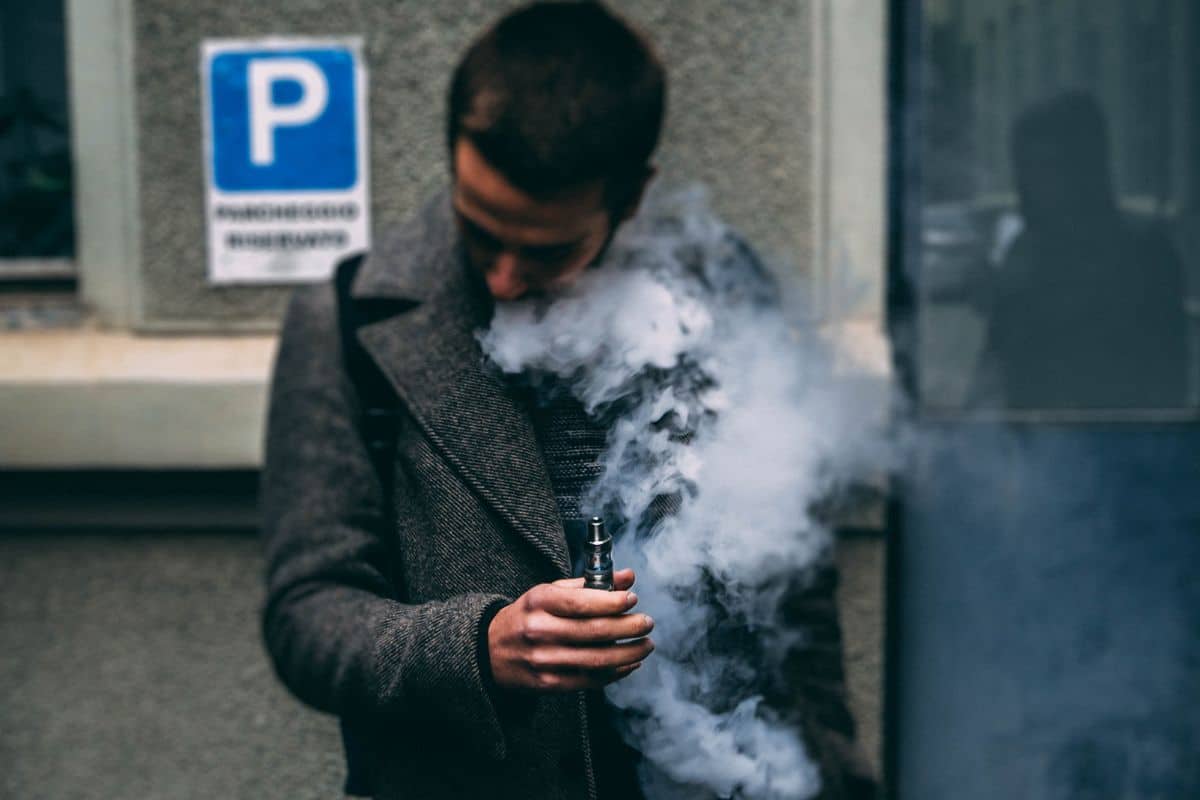
Physical Effects
When THC enters the body, it can cause a range of physical effects. After inhalation or ingestion, THC is absorbed into the bloodstream, where it begins to interact with the body’s endocannabinoid system. Some common physical effects might include an increased heart rate, dry mouth, and red eyes.
THC gets metabolized in the liver, where it transforms into a compound called 11-hydroxy-THC, which is more potent than the original substance. This potent form of THC can lead to more intense effects on the body, such as relaxation, pain relief, increased appetite, and muscle relaxation.
Mental Effects
THC’s mental effects can vary widely between individuals. Once absorbed into the bloodstream, THC binds to receptors in the brain that control mood, perception, and cognition. Users may experience a range of mental effects, such as euphoria, creativity, and heightened senses. However, some may also experience anxiety, paranoia, and short-term memory impairment.
It’s important to note that factors such as the individual’s metabolism, tolerance, and sensitivity to THC can greatly influence the intensity and duration of the effects.
Potential Risks and Benefits

Risks of High THC Intake
High THC intake from cannabis consumption can present several risks, particularly when doses are not controlled. One of the most common side effects is anxiety, which can be exacerbated by a high dose of THC. This can lead to increased feelings of stress and even paranoia in some cases (source).
Moreover, pain management can also be negatively affected by excessive THC consumption. While low doses of THC have been shown to alleviate pain for certain individuals, high doses might exacerbate pain, making it difficult to find relief (source).
Sleep disruption is another concern associated with high THC intake. While some users report improved sleep after consuming cannabis products, others may experience insomnia or restless sleep as a result of high doses (source).
Benefits of Controlled Consumption
Controlled consumption of cannabis, utilizing lower doses of THC, can offer several benefits. For example, low-dose THC consumption has the potential to reduce anxiety for some individuals by promoting a sense of relaxation and calmness (source).
Pain relief is another notable benefit of controlled THC consumption. By managing the dosage, users can experience significant relief from chronic pain and inflammation (source).
Finally, improved sleep quality can also be achieved through controlled THC consumption. Low doses may help regulate the sleep-wake cycle, enabling users to fall asleep more easily and achieve more restful sleep (source). However, it’s important to note that the effectiveness of THC in terms of sleep improvement can vary for each individual, and some might not experience these benefits at all.

Determining Your Ideal Dose
When looking to find the ideal dose of THC in a hit, it’s important to consider your personal needs and experience with cannabis. A first-time user might require a smaller dose, while an experienced user may prefer a larger amount.
For those new to cannabis, microdosing is a beneficial technique that permits the consumption of small amounts of THC to gauge the body’s reaction to it. With this method, users can gradually increase the dose, enabling them to find the ideal dose without adverse effects. Microdosing typically starts at 2.5 mg of THC and can be gradually increased by the same amount until the desired effects are achieved.
Your experience with cannabis plays a significant role in determining your ideal dose. More experienced users usually have a higher tolerance and may need larger doses to experience the same effects as a first-time user. However, it’s still crucial to consume responsibly and avoid overconsumption.
Keep in mind that the method of consumption also has an impact on the THC dose. Vaping or smoking may provide immediate and lasting effects, while edibles have a delayed onset but their effects often last longer. Therefore, it’s helpful to experiment with various methods to find the approach that works best for you.
In conclusion, determining your ideal dose of THC involves considering your personal history with cannabis, using microdosing techniques if necessary, and finding the suitable method of consumption. Remember, everyone’s experience with cannabis is unique, so it’s essential to be patient, observe your body’s reactions, and adjust your dose accordingly.
Conclusion
The amount of THC in a hit can vary greatly depending on several factors, such as the type of cannabis product being consumed, the method of consumption, and the environment in which it is consumed.
Cannabis products, such as dried flower, concentrates, and edibles, contain different concentrations of THC. For example, smoking weed typically involves the consumption of dried flower, which can contain anywhere from 10% to 30% THC. In contrast, concentrates, such as wax or shatter, can have THC levels ranging from 60% to 90%. As a result, the amount of THC in a single hit can depend significantly on the specific product being used.
The method of cannabis consumption also plays a crucial role in determining how much THC is delivered per hit. Smoking or vaporizing cannabis generally leads to a faster onset of effects and a more intense cannabis high, compared to consuming edibles or tinctures, due to the immediate absorption of THC into the bloodstream via the lungs. Consequently, the actual THC dose in a single hit could vary significantly based on whether the user is smoking, vaping, or ingesting cannabis.
Environmental factors, such as temperature and humidity, can also impact the potency of a hit from cannabis products. For instance, higher temperatures may cause THC to degrade, resulting in a milder high, whereas cooler temperatures can help maintain the potency of cannabis products.
In summary, the amount of THC in a hit is influenced by various factors, such as the type of cannabis product, the method of consumption, and environmental conditions. Understanding these factors can help users better estimate the potency of their cannabis experience and make more informed decisions regarding their cannabis use.
Frequently Asked Questions
How much THC is in an average puff of a joint?
The amount of THC in an average puff of a joint varies depending on factors such as the potency of the cannabis strain and the size of the puff. Generally, a hit or toke of cannabis is considered to be one inhalation or puff. Since there are roughly 10 hits in a joint, the THC content per puff will be approximately 1/10th of the total THC content of the joint.
How many joints equal 100mg of THC?
To determine how many joints equal 100mg of THC, you’ll need to know the THC percentage of the cannabis being used and the weight of the joint. For example, if the cannabis has a THC percentage of 10%, a 1g joint would contain 100mg of THC (0.1 * 1000mg). In this case, one joint would be equivalent to 100mg of THC. This calculation will vary depending on the potency of the cannabis strain and the size of the joint.
What is the THC difference between a joint and a gummy?
The primary difference between the THC content of a joint and a gummy is the method of consumption. A joint delivers THC through inhalation, while a gummy is consumed orally. In general, edibles like gummies have a more prolonged and potent effect due to the slower absorption of THC into the bloodstream via the digestive system. Additionally, the dosage of THC in a gummy is more controlled, allowing consumers to know precisely how much THC they are ingesting.
How does consuming 100mg of THC via smoking compare to edibles?
Consuming 100mg of THC through smoking delivers a faster onset of effects compared to edibles. When smoked, THC is rapidly absorbed into the bloodstream through the lungs, resulting in a more immediate high. In contrast, edibles have a slower absorption rate, as the THC must first pass through the gastrointestinal tract and liver. The effects of edibles may take anywhere from 30 minutes to 2 hours to onset and can last much longer compared to smoking.
How can I convert THC percentage to milligrams?
To convert the THC percentage to milligrams, you can use the following formula:
THC milligrams = (THC percentage ÷ 100) x total weight in milligrams
For example, let’s say you have a 1g (1000mg) joint containing cannabis with a THC percentage of 15%. The THC content in milligrams would be calculated as follows:
THC milligrams = (15 ÷ 100) x 1000 = 150mg
What THC percentage is considered high?
A THC percentage of 20% or higher is generally considered a high potency for cannabis strains. For comparison, cannabis strains with a THC percentage below 10% are considered low potency, while strains with a THC percentage between 10-20% are deemed moderate potency. However, individual tolerance and preferences will vary, so it’s essential to start with lower doses and work your way up to determine what’s best for you.

